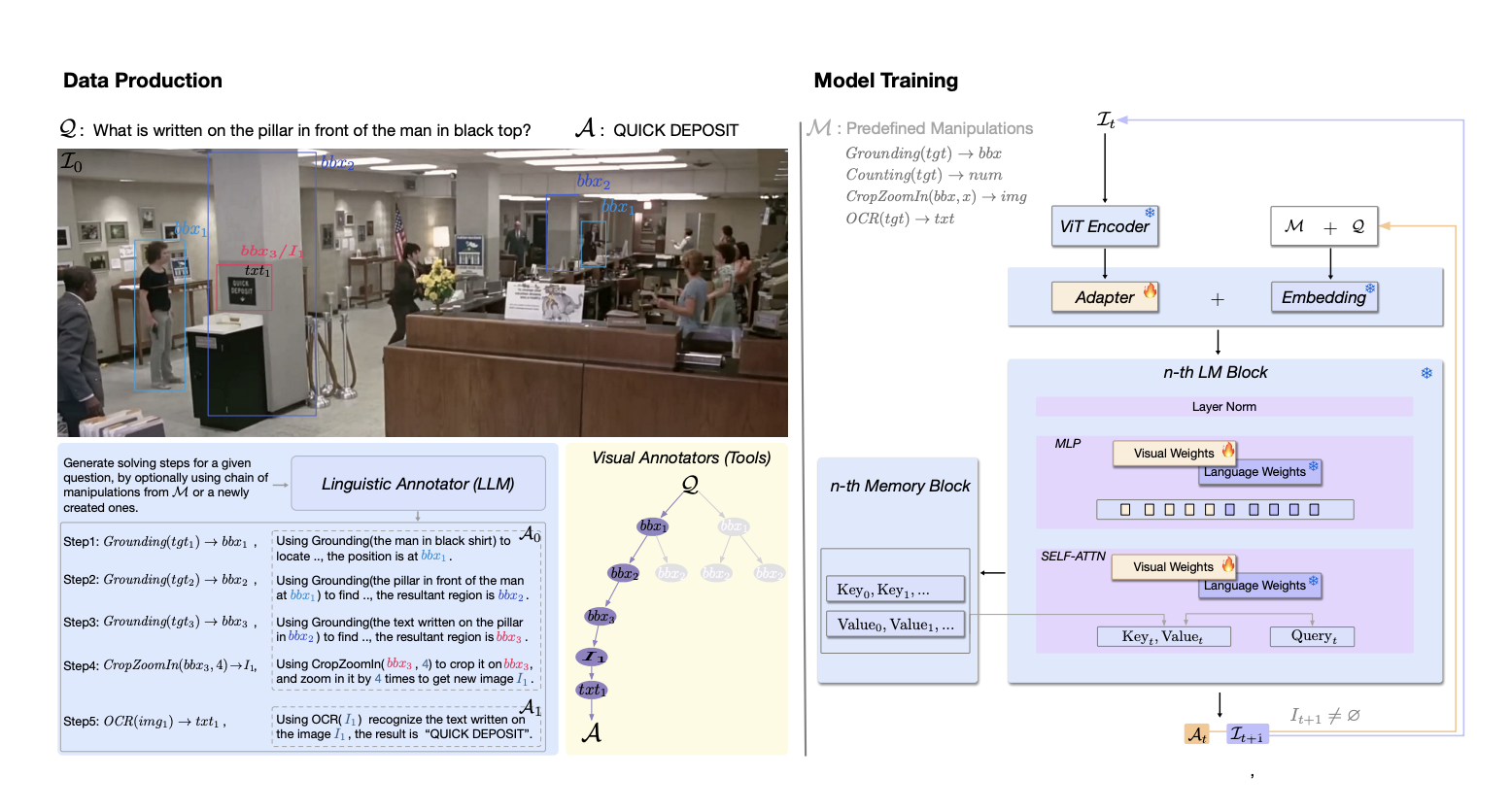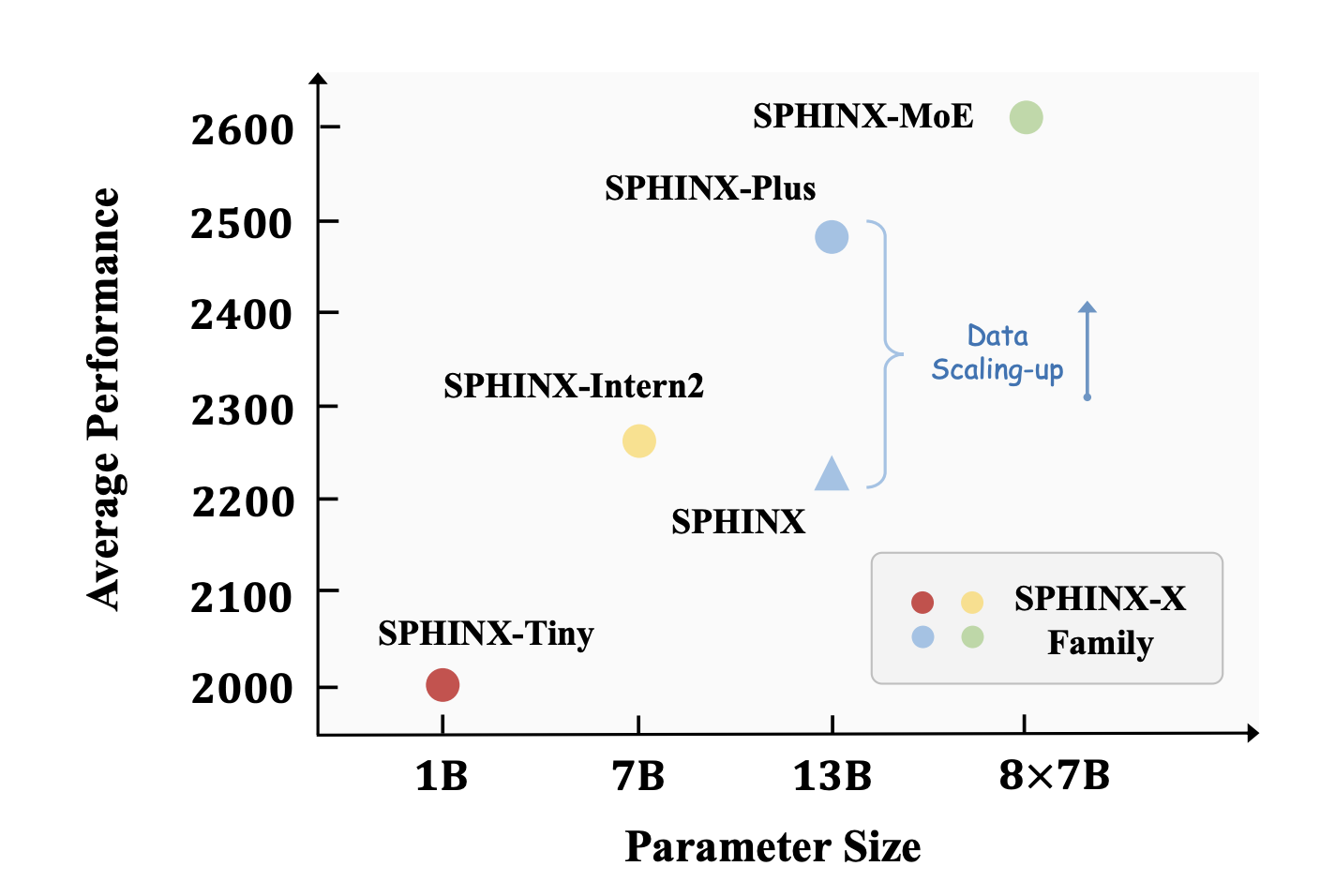Neural Radiance Fields (NeRF) have revolutionized how everyone approaches 3D content creation, offering unparalleled realism in virtual and augmented reality applications. However, editing these scenes has been complex and cumbersome, often requiring intricate processes and yielding inconsistent results.
The current landscape of NeRF scene editing involves a range of methods that, while effective in certain aspects, fall short of delivering precise and rapid modifications. Traditional techniques, such as object-centric generative approaches, need help with the complexity of real-world scenes, leading to edits that lack realism or consistency.
Addressing these challenges, the research team from the University of Tübingen presents SIGNeRF (Scene Integrated Generation for Neural Radiance Fields). This approach utilizes generative 2D diffusion models for NeRF scene editing. This method stands out for its ability to produce fast, controllable, and consistent edits in 3D scenes. Unlike previous methods that relied on iterative optimization, SIGNeRF introduces a reference sheet of modified images. Once processed through a diffusion model, these images update the NeRF image set cohesively, ensuring a harmonious blend of the edited and original parts of the scene.
Delving deeper into the methodology of SIGNeRF, it becomes evident how this approach revolutionizes NeRF editing. The process begins with generating a multi-view reference sheet that captures various angles of the intended edit. Once fed into a depth-conditioned diffusion model, this sheet guides the update of the NeRF image set, ensuring 3D consistency across all views. The innovative use of depth maps in this process allows for precise control over spatial locations, making edits more accurate and realistic.
The performance of SIGNeRF is remarkable, as evidenced by various tests and comparisons. It consistently outperforms existing methods in creating realistic and cohesive scene modifications. The method excels in multiple aspects:
- Realism: Edits integrate seamlessly into the original scenes, maintaining the photorealistic quality that NeRF is known for.
- Control: Using a reference sheet and depth maps allows for precise control over edits, something previously unattainable with other methods.
- Efficiency: SIGNeRF reduces the time and complexity of NeRF scene editing, making it a more practical tool for real-world applications.
- Flexibility: The method’s ability to generate new objects within a scene and modify existing ones while preserving the overall structure and appearance showcases its versatility.
SIGNeRF marks a significant milestone in computer graphics and 3D rendering. Its contributions are manifold:
- It provides a rapid, efficient solution to the complex task of NeRF scene editing.
- The method’s modular nature makes it adaptable for various applications in virtual reality, augmented reality, and beyond.
- SIGNeRF exemplifies the potential of combining neural networks with image diffusion models, paving the way for future innovations in 3D content creation.
- This research not only enhances the capabilities of NeRF but also opens up new possibilities for creative and practical applications in 3D scene generation.
Check out the Paper. All credit for this research goes to the researchers of this project. Also, don’t forget to follow us on Twitter. Join our 35k+ ML SubReddit, 41k+ Facebook Community, Discord Channel, and LinkedIn Group.
If you like our work, you will love our newsletter..
Hello, My name is Adnan Hassan. I am a consulting intern at Marktechpost and soon to be a management trainee at American Express. I am currently pursuing a dual degree at the Indian Institute of Technology, Kharagpur. I am passionate about technology and want to create new products that make a difference.



